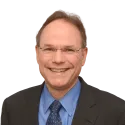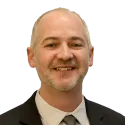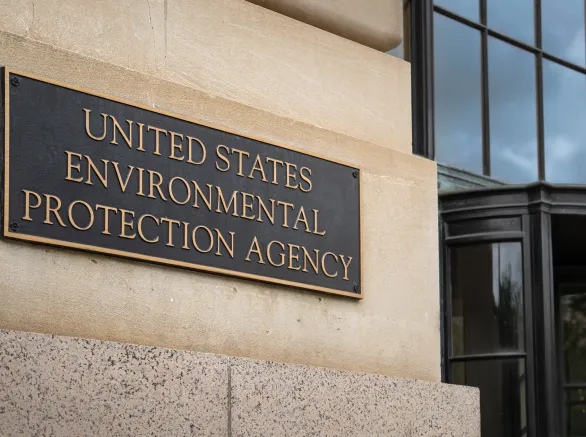November 17, 2023
The U.S. Supreme Court's Amgen v. Sanofi ruling reinforces the enablement requirement and the value of technical expertise in patent law
"The more one claims, the more one must enable."
So wrote Justice Neil Gorsuch for a unanimous U.S. Supreme Court on May 18, 2023, invalidating biotechnology company Amgen's patent on a wide range of antibodies that lower low-density lipoprotein (LDL) cholesterol.
A question of technical facts, not patent law
Amgen had sued Sanofi, a competitor and global pharmaceutical company, for patent infringement. Sanofi's defense was that Amgen's patent was invalid based on its failure to satisfy the enablement requirement of 35 U.S.C. §112(a), which states that a patent must describe an invention in sufficient detail "to enable any person skilled in the art" to make and use the invention. In the Supreme Court's decision, Justice Gorsuch reinforced this criterion in saying, "If a patent claims an entire class of processes, machines, manufactures, or compositions of matter, the patent's specification must enable a person skilled in the art to make and use the entire class."
During oral arguments, several justices raised questions as to whether the dispute really concerned the mechanics of the enablement requirement writ large, or how the requirement (as it was currently understood) applied to the facts of the case at hand. Attorneys for both parties agreed that it was the latter, but Amgen maintained that its patent met the enablement standard, while Sanofi argued that it didn't.
Undue experimentation and the Wands factors
A foundational test of the enablement requirement is whether any person skilled in the art can make and use the invention without "undue experimentation." There is no precise definition of "undue experimentation," and the court did not clarify the term in its ruling. To the contrary, it specifically stated that "a reasonable amount of experimentation" is permissible and that the degree of reasonableness "will depend on the nature of the invention and the underlying art."
How much experimentation is too much? While the Supreme Court ruling did not specifically discuss the lower court's use of the so-called "Wands factors" to determine how much experimentation is too much, it effectively affirmed that approach. The Wands factors were first articulated in a 1998 case (858 F.2d 731, 737, 8 USPQ2d 1400, 1404), holding that whether undue experimentation is required is a "conclusion reached by weighing many factual considerations," including, but not limited to, the following:
- The breadth of the claims
- The nature of the invention
- The state of the prior art
- The level of one of ordinary skill
- The level of predictability in the art
- The amount of direction provided by the inventor
- The existence of working examples
- The quantity of experimentation needed to make or use the invention based on the content of the disclosure

High hurdles for genus claims in patent disputes
Genus claims are a feature of patent law especially germane to the chemical and life sciences industries. A genus claim covers not just one specific chemical or molecule but a group of related ones. Amgen claimed its patent applied to a wide range of antibodies that bind to a gene called PCSK9 and block it from binding to LDL receptors. The district court noted that under existing case law, broad functional claims "pose high hurdles in fulfilling the enablement requirement."
The Supreme Court agreed, noting that the scope of Amgen's claim covers "millions of antibody candidates." It further concluded that "substantial time and effort would be required to reach the full scope of claimed embodiments." The court did not rule out genus claims, noting that a patent specification can be enabling without describing "with particularity how to make and use every single embodiment within a claimed class." But it also expressed that patent enablement must be commensurate with the scope of the claim, stating that, "The more one claims, the more one must enable."
The Supreme Court has put the onus on technical experts to assist triers of fact and the legal community in determining whether a patent is sufficiently enabled to support the scope of its claim.
The enablement requirement has cross-industry implications for intellectual property
While Amgen v. Sanofi relates specifically to biopharmaceuticals, the enablement requirement applies to patents across industries. This was evident in the court's reliance on a broad series of opinions from the late 19th and early 20th centuries to reach its decision. Previous rulings cited include:
- O'Reilly v. Morse: 15 How. 62, 113-14 (1853) — A claim seeking to cover all means of achieving telegraphic communication using electricity was not enabled because, while Morse's patent had described some such means, it had not "described how to make and use them all."
- Incandescent Lamp: 159 U.S. 465, 475-46 (1895) — A claim to an "electric lamp" with an "incandescing conductor" made of "carbonized fibrous or textile material" was not enabled because "painstaking experimentation" was required to determine which fibrous and textile materials work.
- Holland Furniture Co. v. Perkins Glue Co.: 277 U.S. 245, 258 (1928) — A claim to a "starch glue" defined in terms of its function rather than "physical characteristics or chemical properties" was invalid for a lack of enablement.
The court noted the consistency of its cases involving patent enablement over the past 150 years: "[t]oday's case may involve a new technology, but the legal principle is still the same." Thus, future enablement challenges will not be limited to the chemical and life sciences industries and may well involve electrical, mechanical, digital, and other technologies.
The role of technical expertise in patent enablement claims and challenges
The Amgen v. Sanofi ruling did not break new legal ground. However, it is consequential in several respects.
- It reinforced the importance of the enablement requirement for patent validity.
- It confirmed "undue experimentation" as a foundational test for patent enablement and the use of the Wands factors to help assess what constitutes "undue experimentation."
- It focused attention on the requirements for genus claiming, expressing that enablement must be commensurate with the scope of the claim.
The Amgen v. Sanofi opinion is already being cited in litigation, and it will likely lead to more patent enablement challenges in a variety of technology sectors. Importantly, the ruling upheld the notion that questions of patent validity under enablement turn on scientific and engineering facts. This means the Supreme Court has put the onus on technical experts to assist triers of fact and the legal community in determining whether a patent is sufficiently enabled to support the scope of its claim.
A wide claim scope often involves more than one engineering or scientific discipline, and a multidisciplinary team approach may be necessary. For example, the Amgen dispute is at the nexus of several specialties in biochemistry and medicine; a patent for a mechanical grinding process that involves adhesives may require expertise in machine tools, abrasives, and adhesive chemistry to perform a patent enablement analysis. Similarly, a patent for a method of carrying out a novel machine learning algorithm could benefit from experts in sub-fields of both computer science and electrical engineering.
Regardless of the field of invention in question, the Amgen ruling underscores the need for parties in intellectual property litigation to engage technical experts (potentially in multiple fields) who are adept at explaining complex technology to non-technical audiences. As a particularly striking example, an extensive brief filed in support of Sanofi comprised technical summaries written by seven distinguished doctors and scientists. The court apparently found the technical brief compelling and informative, citing it no less than 10 times in the introduction to its opinion in favor of Sanofi.
What Can We Help You Solve?
Exponent's expert intellectual property consultants deliver critical insights based on a broad range of knowledge and experience to help determine patent validity. For over 50 years, we've supported clients navigating complex scientific and engineering challenges by providing the right information to make the right decisions.

Life Sciences Due Diligence
Due diligence technical consulting services to help verify the science and technology behind medical devices and related therapeutics.
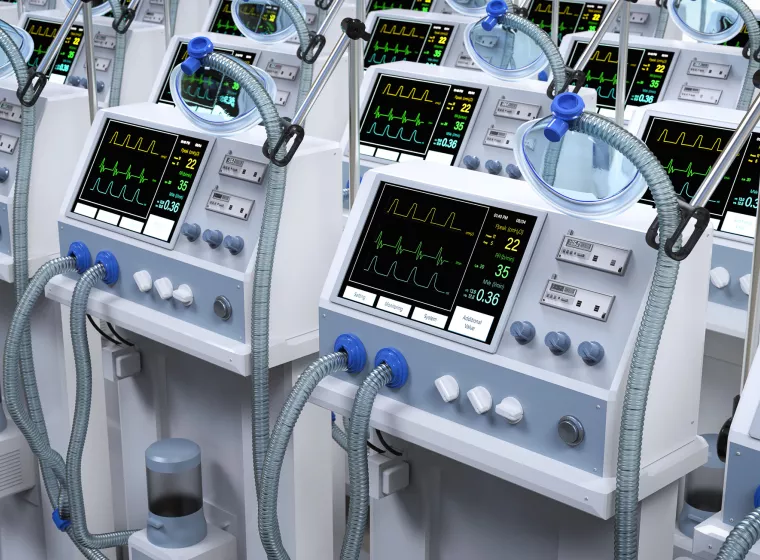
Biomedical Expertise for Disputes
Support for complex disputes, from intellectual property and patent infringement to hospital fires and product damage.

Electrical Engineering & Computer Science Expertise for Intellectual Property
Leverage best-in-class electrical engineering and computer science consulting for IP challenges
![Intellectual Property [ME]](/sites/default/files/styles/cards_home_card/public/media/images/GettyImages-1054513236.jpg.webp?itok=APgba3eK)
Mechanical Engineering Intellectual Property Consulting
Mechanical engineering expertise for cases of intellectual property disputes.
![Intellectual Property: Patents, Trademarks, Copyrights & Trade Secrets [MCE]](/sites/default/files/styles/cards_home_card/public/media/images/GettyImages-638061090.jpg.webp?itok=E2SINOAe)
Intellectual Property & Materials
Rigorous technical support for high-stakes decisions on intellectual property claims related to materials.
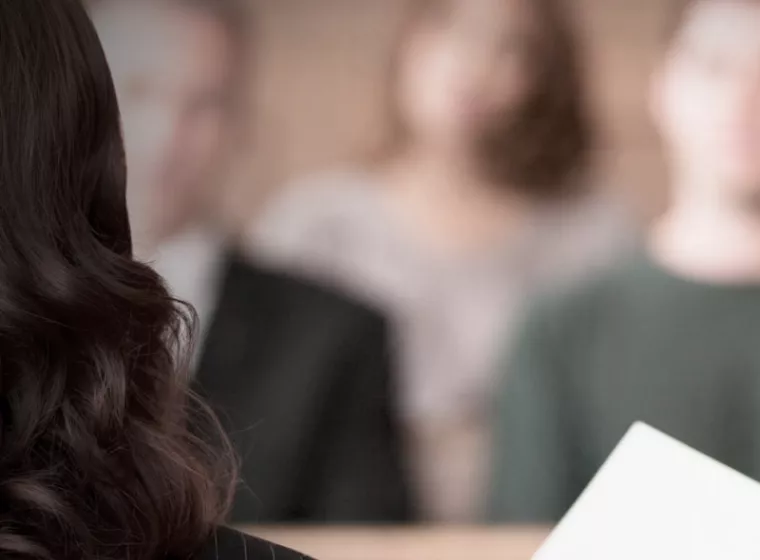
Disputes
Get an independent, expert opinion for understanding challenges based on science, evidence, and data.

